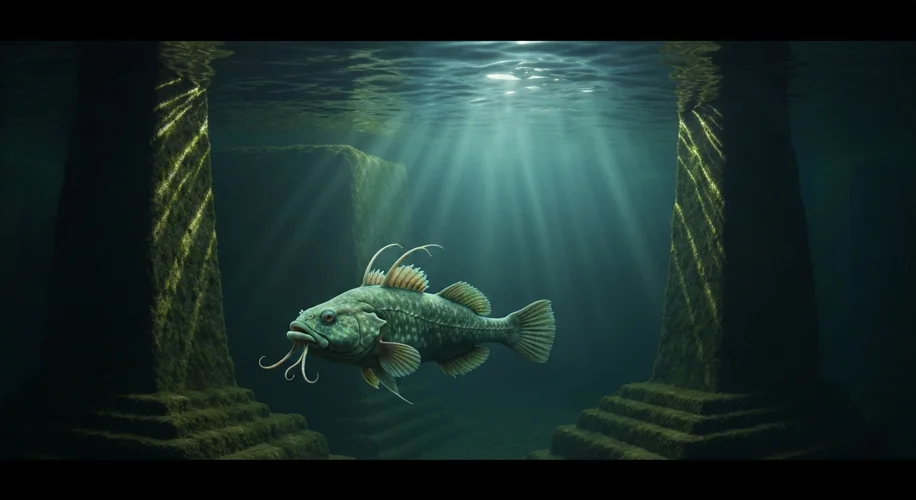Did you know that some creatures alive today are practically living relics from millions of years ago? These ‘living fossils’ offer us an incredible window into the past, and a recent discovery is really making scientists rethink some long-held ideas.
For a long time, we’ve assumed that certain evolutionary steps, like how animals developed the ability to breathe air, happened in a pretty predictable order. Think of it like a timeline – this happened, then this, then this. But what if that timeline isn’t as straightforward as we thought?
Scientists recently studied a fascinating ‘living fossil’ – possibly a prehistoric fish – and found something surprising. It turns out this ancient creature might have been able to breathe air much earlier than our current evolutionary models suggested. This is a big deal because it challenges the neat, sequential story we’ve been telling ourselves about how life adapted and evolved.
What does this mean for our understanding? It suggests that evolution might be more flexible and perhaps even a bit messier than we’ve assumed. Instead of a single, straight path, maybe there were multiple attempts, different strategies, and even some backtracking. This particular find hints that the ability to transition from breathing underwater with gills to breathing air might have appeared independently in different lineages, or perhaps earlier than we realized.
It’s like finding an old map that shows a route you never knew existed. It doesn’t erase the old map, but it adds crucial new information and makes you wonder what other hidden paths might be out there. This discovery is a great reminder that science is always a journey of uncovering more, refining our knowledge, and sometimes, completely reshaping our understanding of the world.
This is why I’m so passionate about science – it’s constantly teaching us, revealing the incredible complexity and resilience of life on Earth. Discoveries like these push us to ask new questions and explore new possibilities, enriching our appreciation for the deep history of life.

